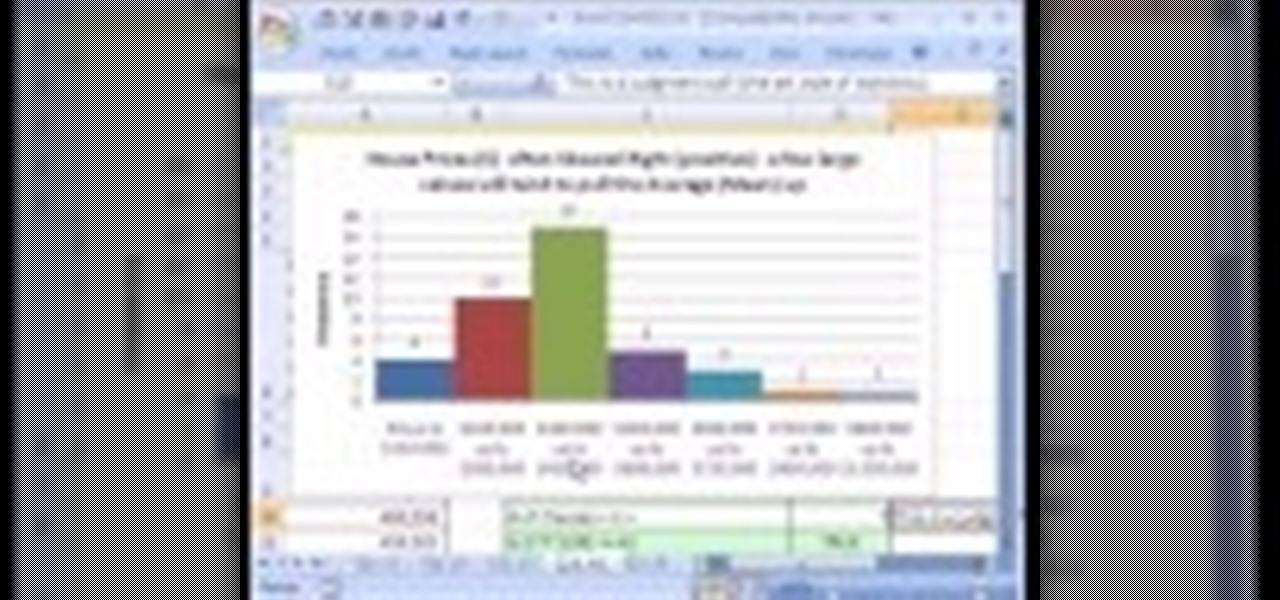
The idea is to select a bin width that generates the most faithful representation of your data. In plt.hist(), passing bins='auto' gives you the “ideal” number of bins. All you have to do is use plt.hist() function of matplotlib and pass in the data along with the number of bins and a few optional parameters. Plotting histogram using matplotlib is a piece of cake. Similarly, the above bin_edges output means bin $0$ is in the interval $[0,1)$, bin $1$ is in the interval $[1,2)$, bin $2$ is in the interval $[2,3)$, bin $3$ is in the interval $[3,4)$. In the above output, hist indicates that there are $0$ items in bin $0$, $2$ in bin $1$, $4$ in bin $3$, $1$ in bin $4$.


hist, bin_edges = np.histogram(,bins=range(5)) You will define an array having arbitrary values and define bins with a range of $5$. To understand hist and bin_edges, let's look at an example: Now the graph looks much better, doesn't it? Plt.title('Normal Distribution Histogram',fontsize=15) Next, let's plot the histogram using matplotlib's plt.bar function where your x-axis and y-axis will be bin_edges and hist, respectively. Next, you will use numpy's histogram function, which will return hist and bin_edges. Let's verify the mean and standard deviation of the above distribution. You will plot the histogram of gaussian (normal) distribution, which will have a mean of $0$ and a standard deviation of $1$. Plotting Histogram using Numpy and Matplotlib import numpy as npįor reproducibility, you will use the seed function of numpy, which will give the same output each time it is executed.

So without any further ado, let's get started. In today's tutorial, you will be mostly using matplotlib to create and visualize histograms on various kinds of data sets. Python has few in-built libraries for creating graphs, and one such library is matplotlib. Python has a lot of different options for building and plotting histograms. Histograms are similar in spirit to bar graphs, let's take a look at one pictorial example of a histogram:Ī histogram is an excellent tool for visualizing and understanding the probabilistic distribution of numerical data or image data that is intuitively understood by almost everyone. If you keep x_axis (number of bins) as $255$, then the y_axis will denote the frequency of each pixel in that image. The maximum of bins this image can have is $255$. The number of bins is a parameter which can be varied based on how you want to visualize the distribution of your data.įor example: Let's say, you would like to plot a histogram of an RGB image having pixel values ranging from $0$ to $255$. The x-axis of the histogram denotes the number of bins while the y-axis represents the frequency of a particular bin. The bins (intervals) must be adjacent and are often (but are not required to be) of equal size.Īpart, from numerical data, Histograms can also be used for visualizing the distribution of images, since the images are nothing but a combination of picture elements (pixels) ranging from $0$ to $255$. The bins are usually specified as consecutive, non-overlapping intervals of a variable.
#SKEW HISTOGRAM MAKER SERIES#
To construct a histogram, the first step is to “bin” the range of values - that is, divide the entire range of values into a series of intervals - and then count how many values fall into each interval.

It is an estimate of the probability distribution of a continuous variable (quantitative variable) and was first introduced by Karl Pearson. According to Wikipedia, A histogram is an accurate graphical representation of the distribution of numerical data.


 0 kommentar(er)
0 kommentar(er)
